Gastrointestinal
Surgeries
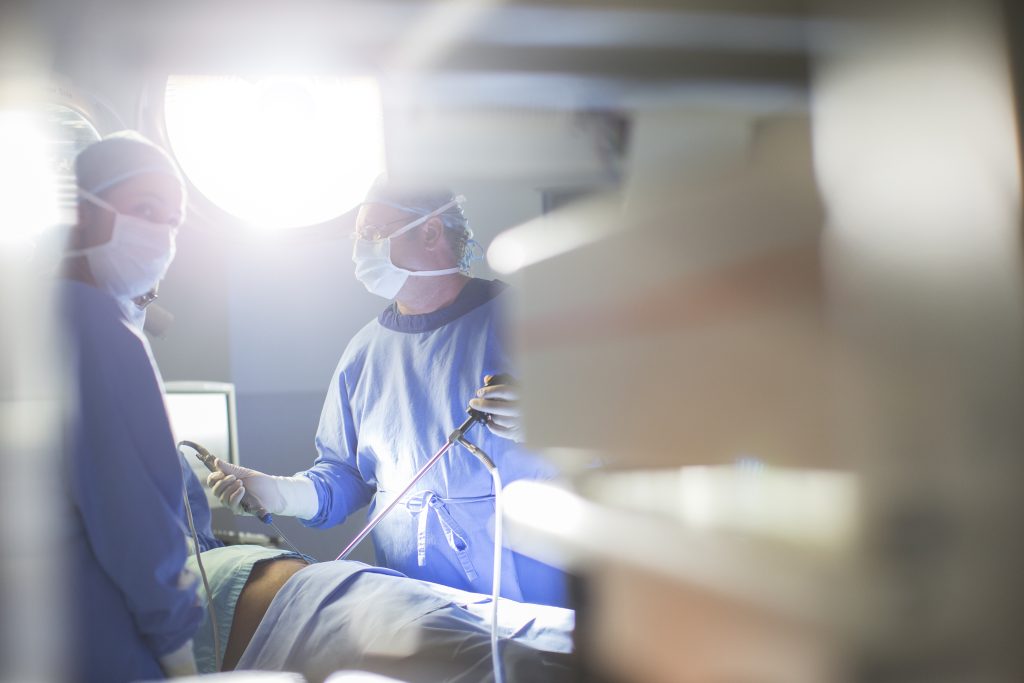
Laparoscopic or open cholecystectomy
Laparoscopic cholecystectomy is a minimally invasive procedure that has become the gold standard for gallbladder removal. This technique involves several small incisions in the abdomen through which specialized instruments and a camera (laparoscope) are inserted. The surgeon uses these instruments to detach the gallbladder from the liver and remove it through one of the incisions.

Laparoscopic or open appendectomy
Appendectomy is a surgical procedure performed to remove the appendix, typically when it becomes inflamed or infected, a condition known as appendicitis. Appendicitis is a medical emergency that often requires prompt surgery to prevent complications such as a ruptured appendix or peritonitis.

Laparoscopic or open CBD Exploration
Laparoscopic CBD exploration is a minimally invasive procedure that involves making small incisions in the abdomen to insert a laparoscope (a thin, flexible tube with a camera and light) and other specialized instruments. The surgeon performs the procedure while viewing the internal organs on a monitor.
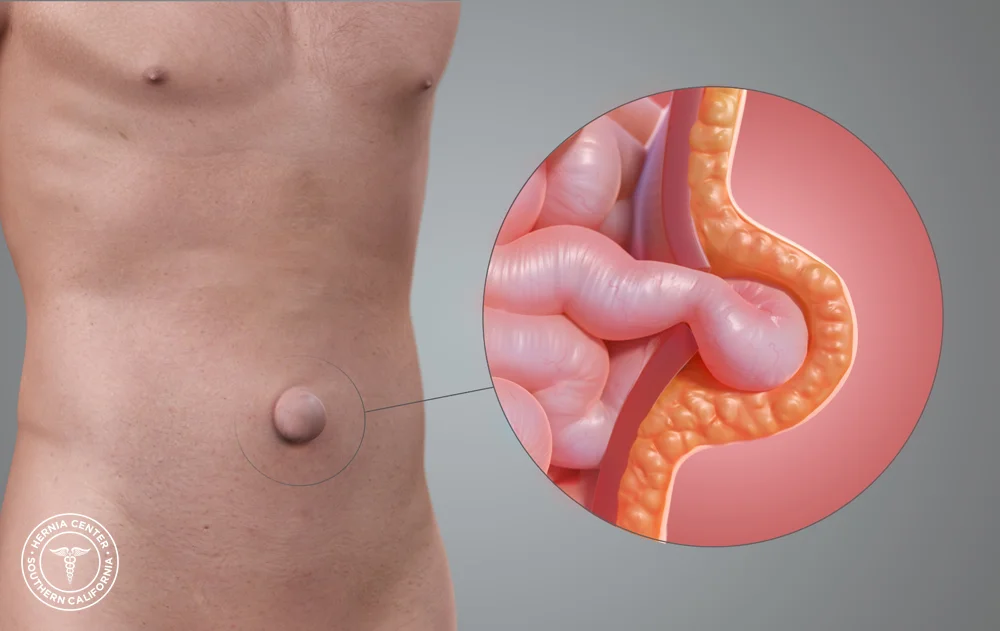
Laparoscopic or open hernia surgeries- inguinal, umblical,
Laparoscopic hernia surgery is a minimally invasive procedure performed under general anesthesia. It involves several small incisions through which a laparoscope (a thin tube with a camera) and surgical instruments are inserted. The surgeon uses the camera to view the hernia on a monitor and repair it with mesh.
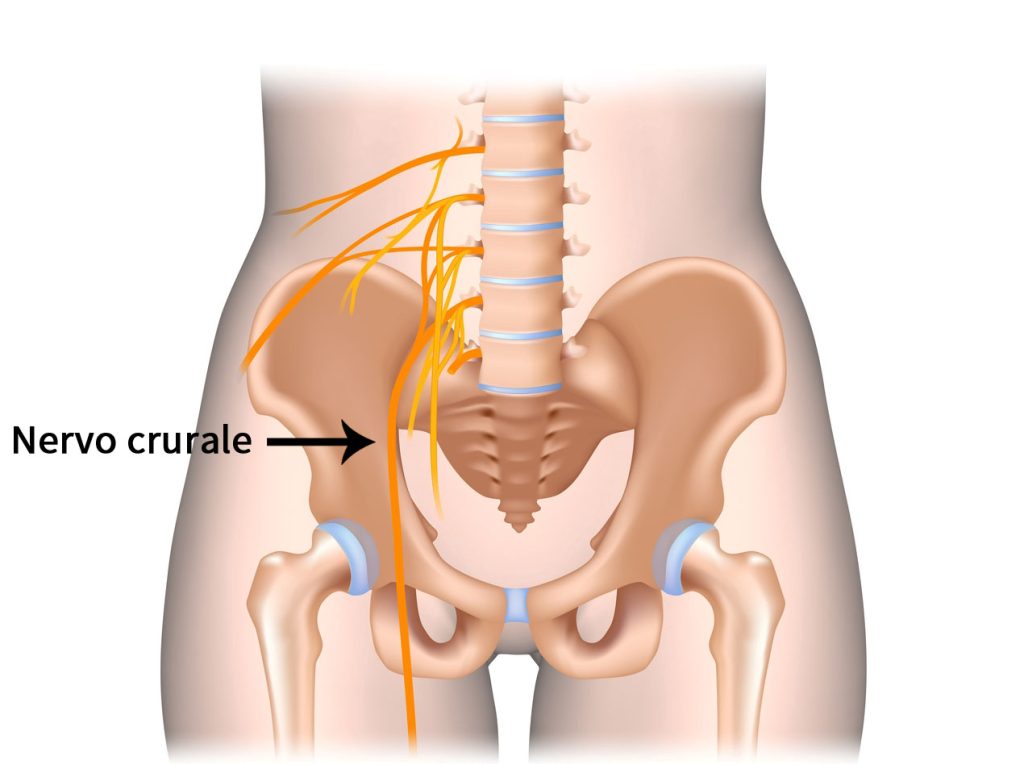
Paraumblical, obturator, femoral, epigastric
A paraumbilical hernia occurs near the umbilicus (navel) but is not the same as an umbilical hernia. It often involves the protrusion of abdominal contents through a defect in the abdominal wall just adjacent to the umbilicus. These hernias are more common in adults and can cause pain and discomfort, especially when lifting or straining.
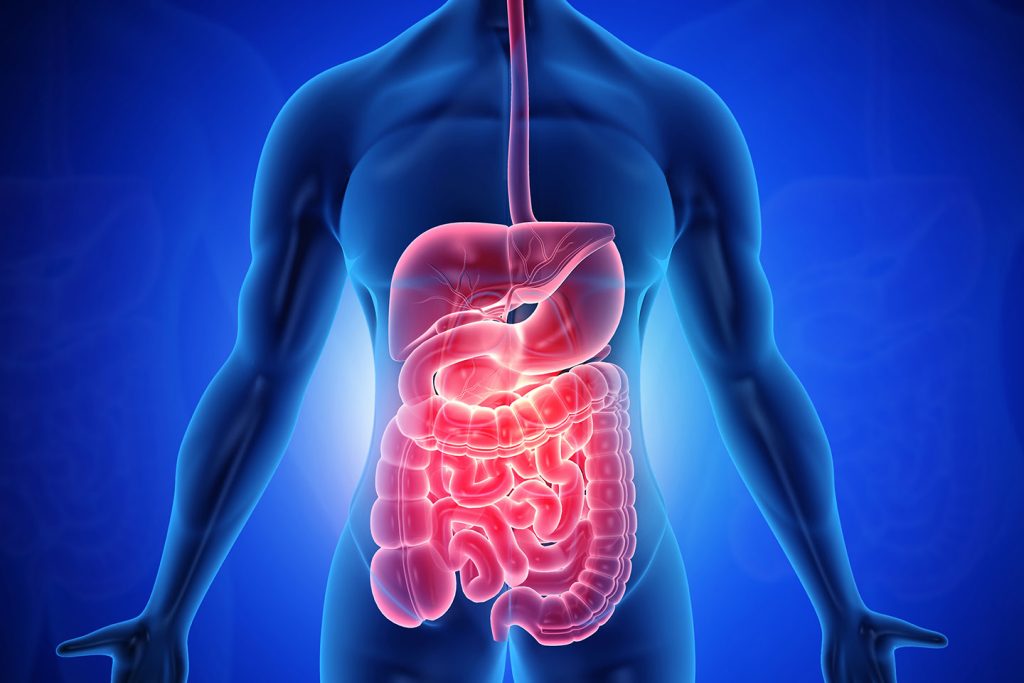
All gastrointestinal malignancies
Gastrointestinal (GI) malignancies are cancers that develop in the digestive system, which includes the esophagus, stomach, liver, pancreas, intestines, and rectum. These cancers are a significant health concern due to their high prevalence and often late diagnosis, which can lead to poor prognosis.
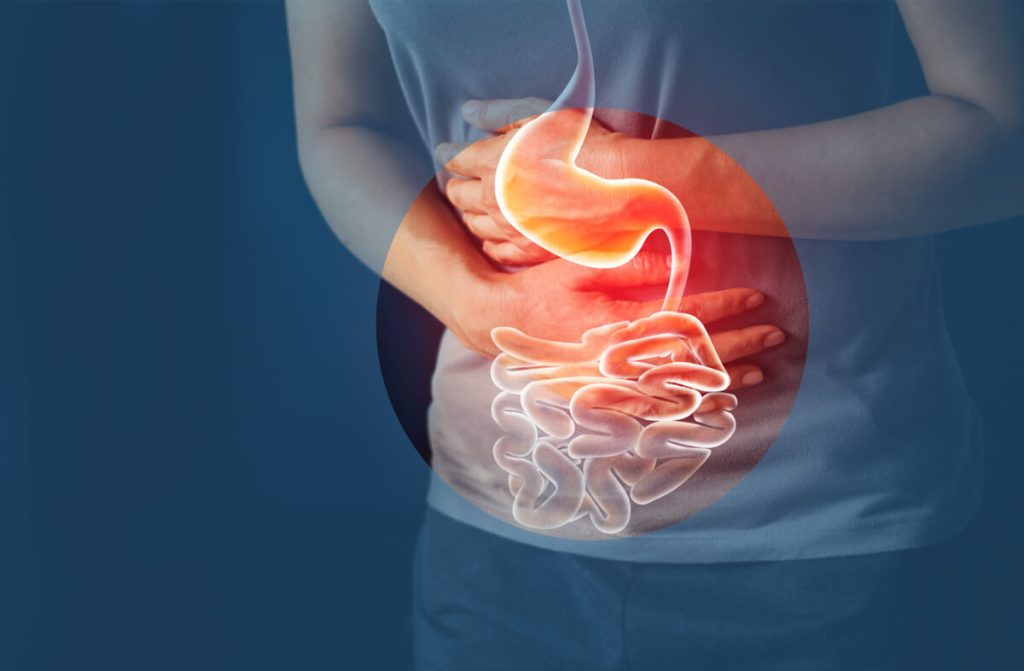
All gastrointestinal diseases
Gastrointestinal (GI) diseases encompass a wide range of conditions affecting the digestive system, which includes the esophagus, stomach, liver, pancreas, intestines, and rectum. These diseases can significantly impact a person’s quality of life and overall health. Understanding the various types of GI diseases, their causes, symptoms, and treatment options is crucial for effective management and prevention.
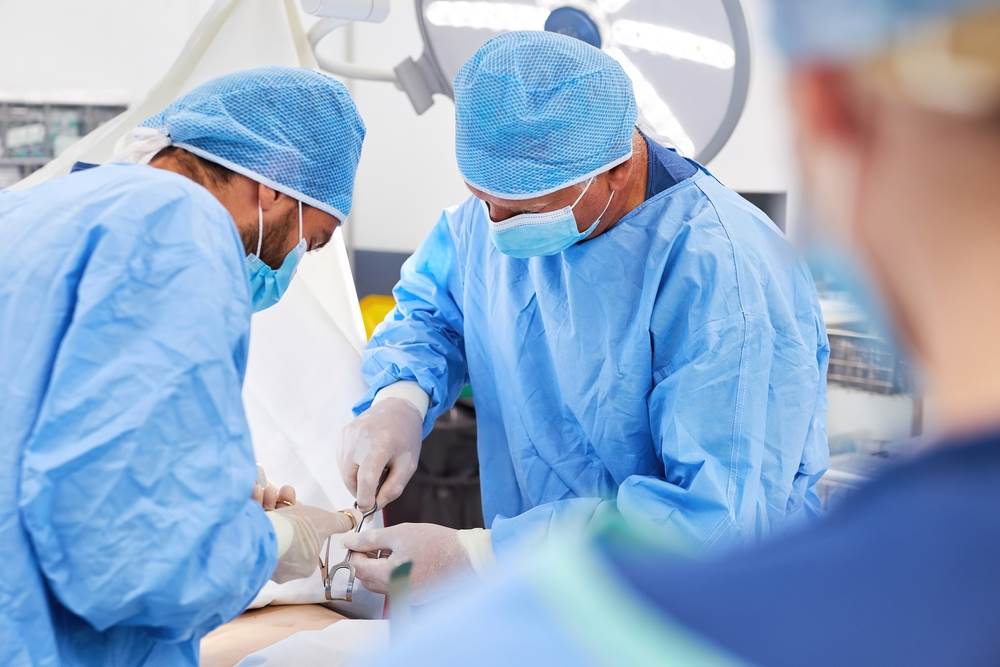
Gastrointestinal trauma surgeries
Gastrointestinal (GI) trauma refers to injuries affecting the digestive system, which can result from blunt or penetrating forces. These injuries are often life-threatening and require prompt surgical intervention to prevent complications and improve outcomes. GI trauma surgeries involve repairing damage to organs such as the stomach, intestines, liver, pancreas, and spleen.
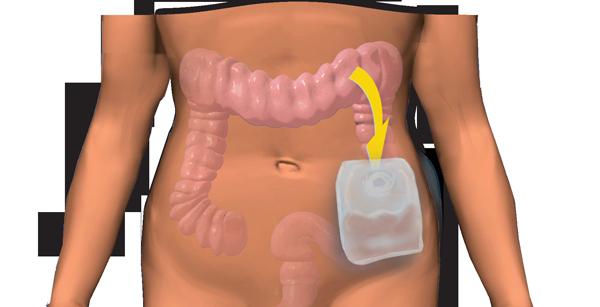
Stoma creation and reversal
Stoma creation and reversal are surgical procedures performed to manage various gastrointestinal conditions. A stoma is an artificial opening created on the abdominal wall to allow waste to exit the body when the normal flow of waste through the intestines is disrupted. This procedure is essential in cases where part of the digestive system needs to be bypassed or removed. Understanding the reasons for stoma creation, the surgical process, and the eventual reversal of the stoma is crucial for patients and healthcare providers.